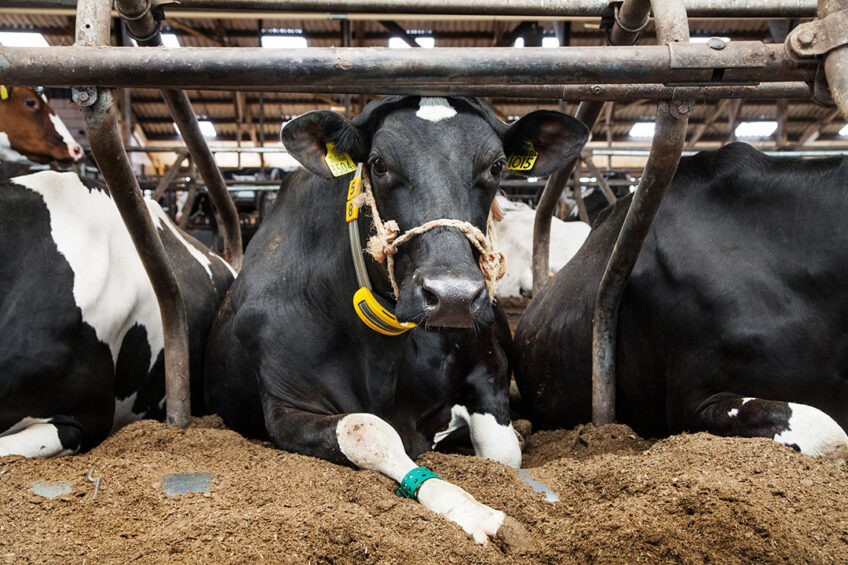
The Backbone of Prosperity: Exploring the Livestock Industry and its Economic Impact
Introduction:
The livestock industry serves as a vital pillar of the global economy, contributing to food security, rural development, job creation, and economic growth. From providing essential nutrients such as meat, milk, and eggs to supporting livelihoods and driving economic activity across the supply chain, the livestock industry plays a multifaceted role in sustaining communities and driving prosperity. In this blog, we’ll delve into the economic significance of the livestock industry and examine its far-reaching impacts on local, national, and global economies.
1. Contribution to Food Security:
The livestock industry plays a critical role in ensuring food security by providing a reliable source of high-quality protein and essential nutrients to populations worldwide. Livestock products such as meat, milk, and eggs are staple foods in many diets, providing essential nutrients such as protein, vitamins, and minerals that are vital for human health and well-being.
Additionally, livestock production systems contribute to agricultural diversification and resilience, providing a buffer against food shortages and supply disruptions. By producing a wide range of animal products that complement plant-based foods, the livestock industry helps meet the dietary needs and preferences of diverse populations, enhancing food security and nutrition outcomes for millions of people.
2. Rural Development and Job Creation:
The livestock industry serves as a catalyst for rural development and economic growth, particularly in rural and remote areas where agriculture is the primary source of livelihoods. Livestock farming provides employment opportunities for millions of people worldwide, including farmers, herders, veterinarians, feed suppliers, processors, and marketers, supporting livelihoods and economic activity across the supply chain.
Furthermore, the livestock industry stimulates local economies by generating demand for goods and services such as equipment, feed, veterinary supplies, transportation, and processing facilities. In rural communities, livestock farming serves as a driver of economic diversification, income generation, and poverty alleviation, empowering farmers to improve their standard of living and invest in education, healthcare, and infrastructure.
3. Export Revenue and Trade:
The livestock industry contributes significantly to export revenue and international trade, with livestock products accounting for a substantial share of global agricultural exports. Countries with competitive advantages in livestock production, such as favorable climate conditions, abundant natural resources, and advanced production systems, often capitalize on export opportunities to access international markets and generate foreign exchange earnings.
Livestock exports include a wide range of products such as beef, poultry, pork, dairy, wool, and leather, which are valued for their quality, safety, and nutritional value. Export-oriented livestock industries create opportunities for farmers to expand their markets, increase their incomes, and contribute to national economic growth and development.
4. Value-Added Processing and Innovation:
The livestock industry drives value-added processing and innovation, fostering technological advancements, product diversification, and market differentiation. Processing facilities such as slaughterhouses, meatpacking plants, dairy processing plants, and feed mills add value to raw livestock products, transforming them into consumer-ready foods and ingredients for further processing.
Furthermore, innovation in livestock genetics, nutrition, health management, and production systems enable farmers to improve efficiency, productivity, and sustainability. Advances in breeding techniques, animal health diagnostics, precision farming technologies, and sustainable practices contribute to the competitiveness and resilience of the livestock industry, driving economic growth and innovation.
5. Environmental Sustainability:
While the livestock industry contributes significantly to economic growth and development, it also faces challenges related to environmental sustainability, resource management, and climate change. Intensive livestock production systems can have adverse environmental impacts such as deforestation, habitat loss, water pollution, and greenhouse gas emissions, which threaten ecosystems, biodiversity, and natural resources.
To address these challenges, the livestock industry is increasingly adopting sustainable practices such as rotational grazing, conservation agriculture, waste recycling, and resource efficiency measures. By promoting sustainable livestock production systems, stakeholders can minimize environmental impacts, enhance ecosystem resilience, and ensure the long-term viability of the industry while supporting economic growth and prosperity.
Conclusion:
The livestock industry serves as a cornerstone of the global economy, contributing to food security, rural development, job creation, export revenue, and innovation. From providing essential nutrients to supporting livelihoods and driving economic activity, the livestock industry plays a vital role in sustaining communities and driving prosperity worldwide.
Moving forward, stakeholders must work collaboratively to address challenges related to environmental sustainability, resource management, and climate change, while harnessing opportunities for innovation, value-added processing, and market diversification. By promoting sustainable practices, investing in research and development, and fostering inclusive and equitable growth, the livestock industry can continue to drive economic growth, create opportunities, and improve livelihoods for millions of people around the world.

